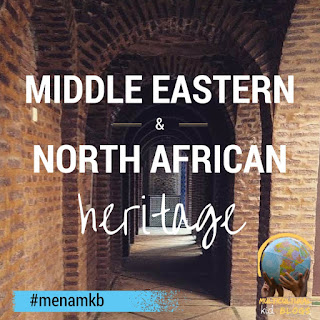I have 2 current giveaways!! One for an Origami Toy Monsters Book & Kit and the other for 2 DVDs.
Not being Mexican or even Hispanic and not being Catholic, I did not know much about the Day of the Dead. In fact I found the skeletons a bit creepy. The past few years I have explored the holiday with Hazel and realized what a touching holiday it really is and now I like the skeletons and especially the skulls. This year we took two new books out of the library to explore the holiday a bit more.
Not being Mexican or even Hispanic and not being Catholic, I did not know much about the Day of the Dead. In fact I found the skeletons a bit creepy. The past few years I have explored the holiday with Hazel and realized what a touching holiday it really is and now I like the skeletons and especially the skulls. This year we took two new books out of the library to explore the holiday a bit more.














